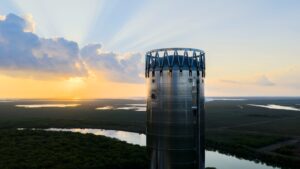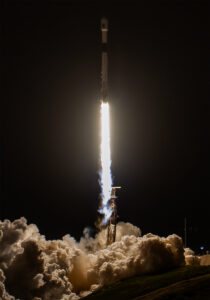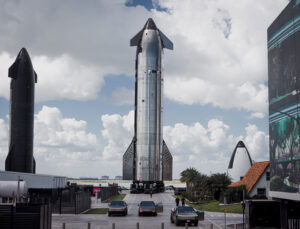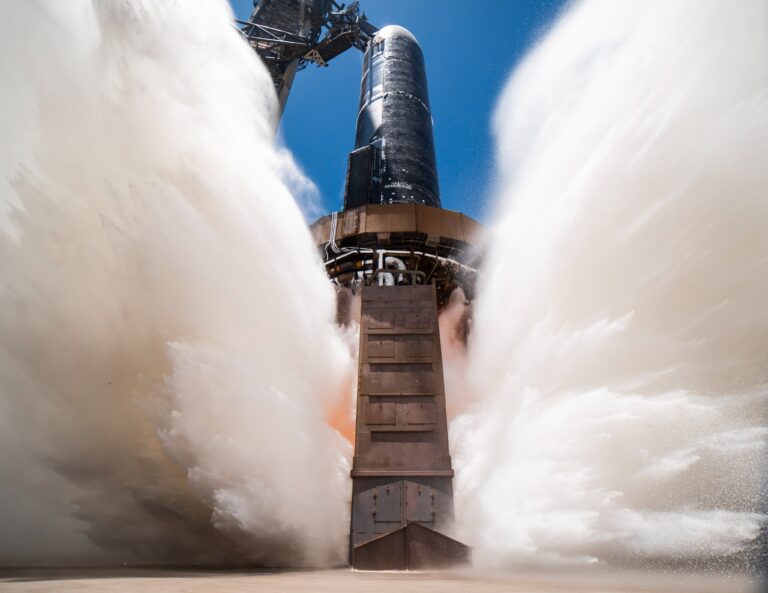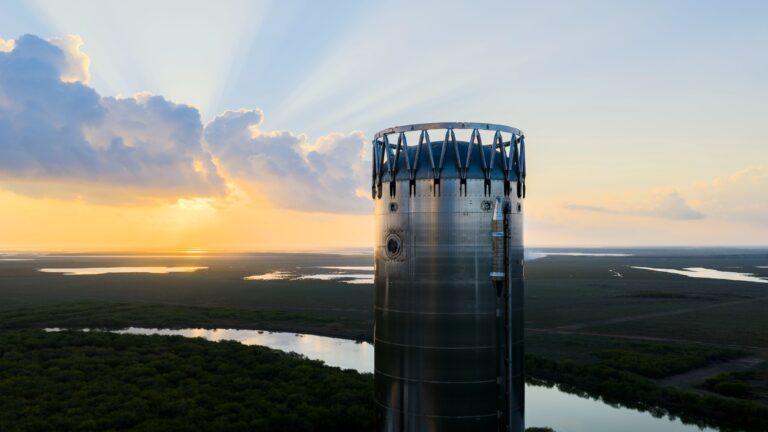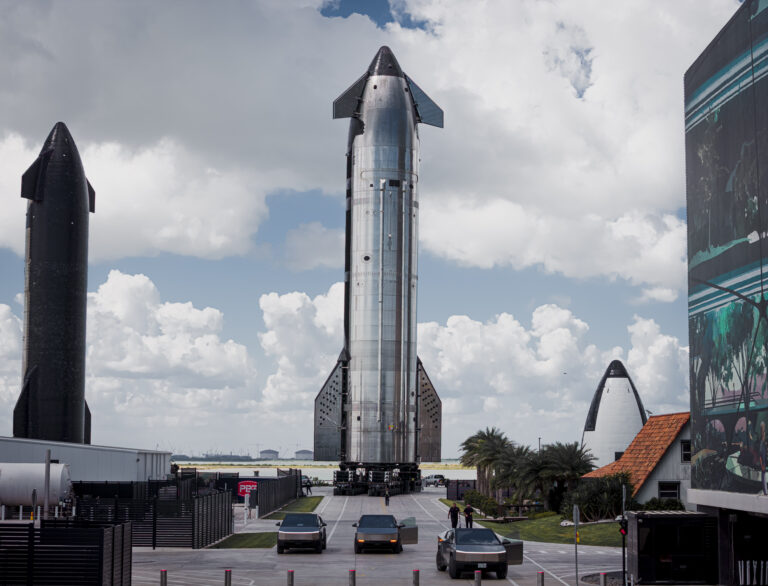Did you know that SpaceX now has over 6,000 Starlink satellites in orbit — with more going up every week? On August 14, 2025, SpaceX successfully launched 28 additional Starlink satellites aboard its trusty Falcon 9 rocket from Cape Canaveral, Florida, adding to its ever-growing mega-constellation designed to bring high-speed internet access to every corner of the planet.
This latest mission not only strengthens the Starlink network, but also reinforces SpaceX’s unmatched pace in the commercial space industry. Whether you’re a tech enthusiast, entrepreneur, or someone living in a rural area with poor internet — this is news that impacts you.
🌍 What Is Starlink and Why Does It Matter?
Starlink is SpaceX’s ambitious project to provide global broadband internet using a massive network of low Earth orbit (LEO) satellites. These satellites orbit around 550 km (340 miles) above the Earth and beam internet signals down to user terminals on the ground — no cables required.
So, why should you care?
- 🌐 Internet for Remote Areas: Starlink brings high-speed internet to places with no fiber or 5G.
- 📶 Emergency Connectivity: Ideal for disaster zones, war-torn regions, and emergency response teams.
- 💼 Global Business: Enables companies in isolated locations to stay connected and competitive.
- 📡 Latency Matters: LEO satellites offer lower latency than traditional geostationary systems, improving gaming, video calls, and remote work.
With each new batch of satellites, SpaceX improves coverage, speed, and reliability — and 28 more satellites just joined the grid.
🚀 Falcon 9: The Workhorse Behind the Mission
The August 14 launch was powered by SpaceX’s Falcon 9 rocket — a two-stage, partially reusable launcher that has become the most flown and most trusted rocket in the world.
Key facts about the mission:
- 📍 Launch Site: Cape Canaveral Space Force Station, Florida
- 📦 Payload: 28 Starlink satellites
- 🔄 Booster Reuse: The first stage booster landed successfully on the drone ship A Shortfall of Gravitas in the Atlantic
- 🛰️ Orbit Deployment: Satellites were released into LEO, where they will soon maneuver into their designated orbits
The reusability of Falcon 9 significantly reduces launch costs — a big reason why SpaceX can deploy hundreds of satellites each year.
🌌 Why This Launch Matters (More Than You Think)
1. Closing the Global Connectivity Gap
Millions around the world still lack reliable internet. Starlink is closing that gap — fast. Each new launch means better service in more places, especially underserved rural and developing regions.
2. Boosting Economic Opportunities
Access to reliable internet enables online education, e-commerce, remote work, and global communication. For small businesses in remote areas, this is a game-changer.
3. Space Traffic Management in Focus
With over 6,000 satellites in orbit and counting, SpaceX is under scrutiny to ensure safe satellite operations and collision avoidance. The company uses automated collision detection systems and regularly de-orbits aging satellites to reduce space junk.
4. Powering the Future of Space-Based Services
Starlink is also laying the groundwork for more ambitious ideas — like space-based cell phone networks, global IoT services, and even moon or Mars communications networks.
📡 Starlink: Where It’s Available Now
As of 2025, Starlink is available in 70+ countries, with coverage expanding monthly. The service is already making waves in regions like:
- 🏞️ Remote parts of Canada and Alaska
- 🏝️ Pacific island nations
- 🐑 Rural farmlands in Australia and New Zealand
- 🚐 RV and boat users in the U.S. and Europe
Want to check if Starlink is available in your area?
👉 Visit the official Starlink coverage map (external link)
🔗 Related Reads
- 📘 How Starlink Works: A Beginner’s Guide
- 🚀 Everything You Need to Know About Falcon 9
- 🌐 Can Satellite Internet Really Compete with Fiber? (internal link)
📣 Final Thoughts: The Future of Connectivity Is in Orbit
With 28 more satellites added to its fleet, SpaceX is bringing us closer to a world where geography no longer limits access to information and opportunity. Whether you’re in a city or on a mountaintop, the future of global connectivity is already above you — moving fast.
💬 What do you think about Starlink’s growth?
Would you switch to satellite internet if it meant faster, more reliable service?

